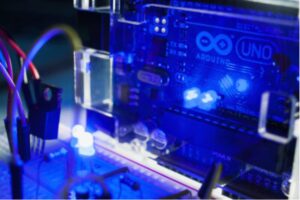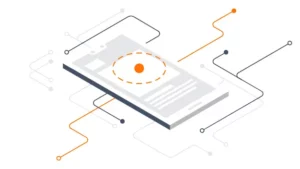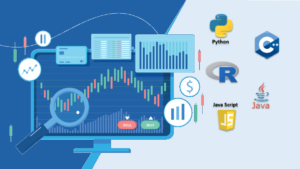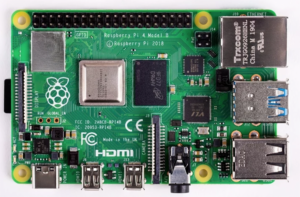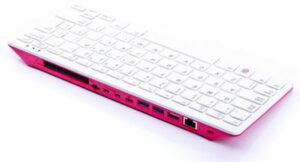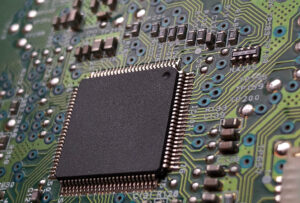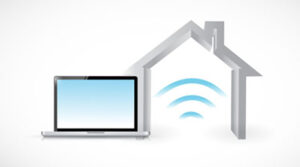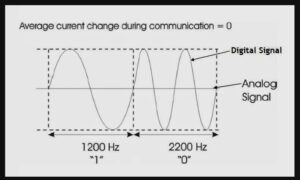Power consumption of the embedded controller is a primary concern in low-power design. Arduino boards are often used in devices that rely on battery or solar charging. Such devices often deploy far from the power line to have periodic battery replacement or are mobile devices designed for periodic charging cycles. In such a case, optimizing […]
What is TinyML?
Data science has not just remained a field of scientific computing and research. In the internet-connected world, data science, machine learning, and artificial intelligence are far more applicable than ever imagined. No doubt, the very first leap in the practical applications of machine learning and artificial intelligence happened when enterprise websites, including social media platforms, e-commerce […]
The top computer vision tools for embedded systems
Computer vision is reaching new levels, far beyond basic image processing. This is thanks to the integration of artificial intelligence. AI now enables computers and systems to derive meaningful information from digital images that can be used in advanced industries. Currently, one of the most common applications is in security and surveillance. A computer vision […]
What are the top programming languages for machine learning?
Artificial intelligence (AI) and machine learning (ML) are continuing to become more mainstream and you’ll find the technology in everything from your smartphone apps and computer programs to smart tech and appliances — and automobiles (think self-driving cars). These technologies are no longer confined to scientific computing and statistical research but have, for the most part, become a […]
Introduction to Raspberry Pi 4
Raspberry Pi is a credit-card-sized, single-board computer developed by the Raspberry Pi Foundation, a UK-based charity that works to ensure global access to computing and digital technology. It was initially developed as a low-cost microcomputer to impart digital skills to kids. It comes without any power supply or peripherals as it’s meant to be programmed […]
What is IOTA?
IOTA is a cryptocurrency designed to add economics to the internet of machines. IOTA is quite different from thousands of other cryptocurrencies. Some key highlights of IOTA are as follows: IOTA is specifically designed for the Internet of Things. IOTA does not use blockchain technology; instead, it is based on Tangle technology. IOTA has theoretically […]
The pros and cons of the Raspberry Pi 400
In many ways, Raspberry Pi falls short as a full-fledged personal computer. The Raspberry Pi Foundation has tried to change this with its latest addition, the Raspberry Pi 400. Launched in November of 2020, the Raspberry Pi 400 is a single-board computer in the form of a keyboard, retailing at $70 per unit or $100 […]
What are the AMBA protocols?
As electronic miniaturization has been an all-time goal of chip manufacturers, motherboard-based computer/electronic systems have been eventually replaced by System-on-Chip (SoC) and Package-on-Package (PoP) ICs. Complex computer systems are now condensed to smartphones and other handheld devices. These sophisticated electronic devices and gadgets have an SoC at their heart which manages complete computing and control. […]
What is the Z-Wave protocol?
Smart homes need wireless connectivity, and Z-wave has emerged as the ultimate solution for home automation. The Z-wave protocol is a wireless, radio frequency protocol designed primarily for smart home networks. All the existing wireless communication protocols had one or the other problem. Bluetooth and Zigbee often shortfall of range while Wi-Fi poses its own […]
What is the HART protocol?
Data communication over analog signals is a common process. In automation, the data is communicated to and from controllers with several different process instruments. Quality is important as the controllers and smart instruments must communicate over long distances. Additionally, the data communication between a device and a controller must be dictated by a protocol (i.e. […]
